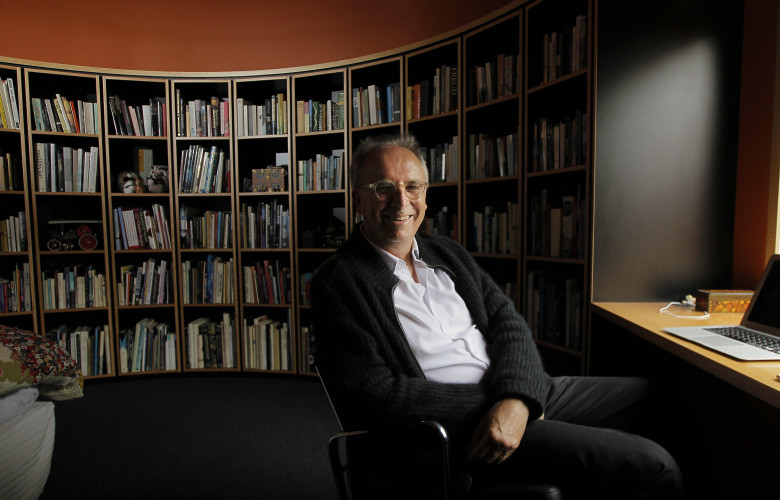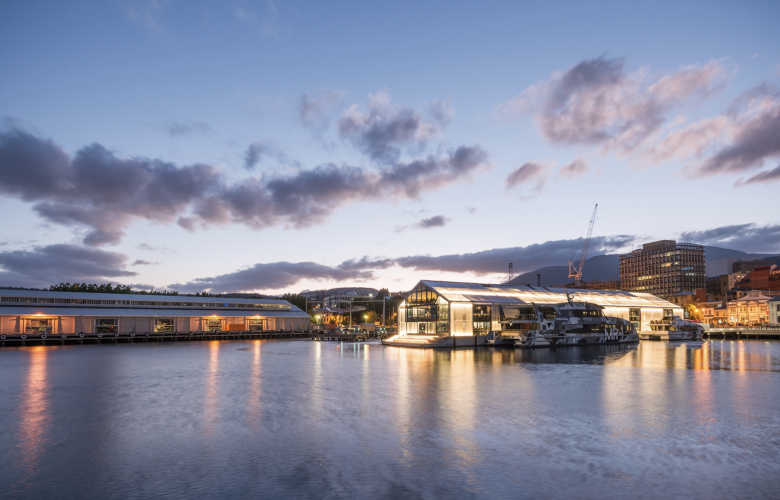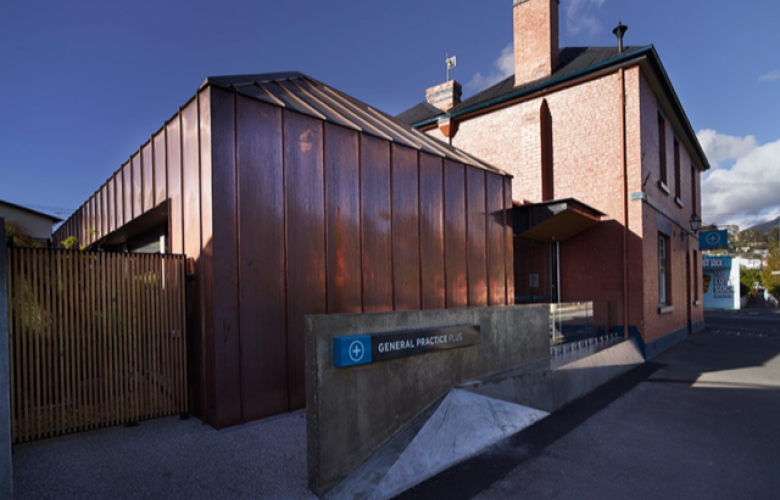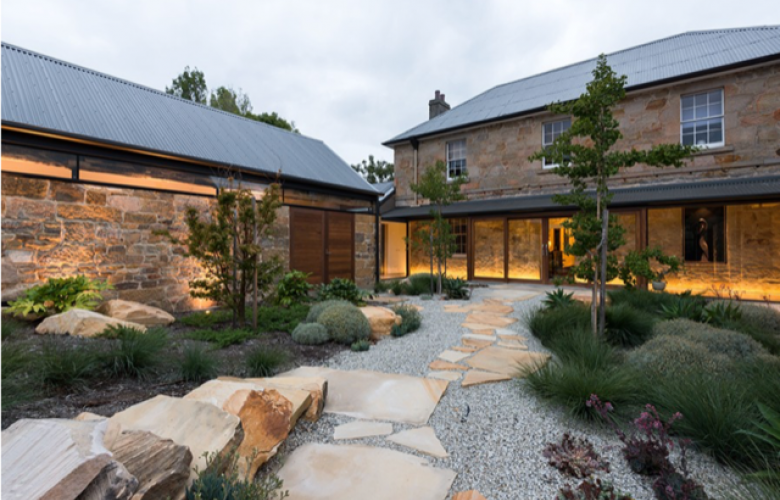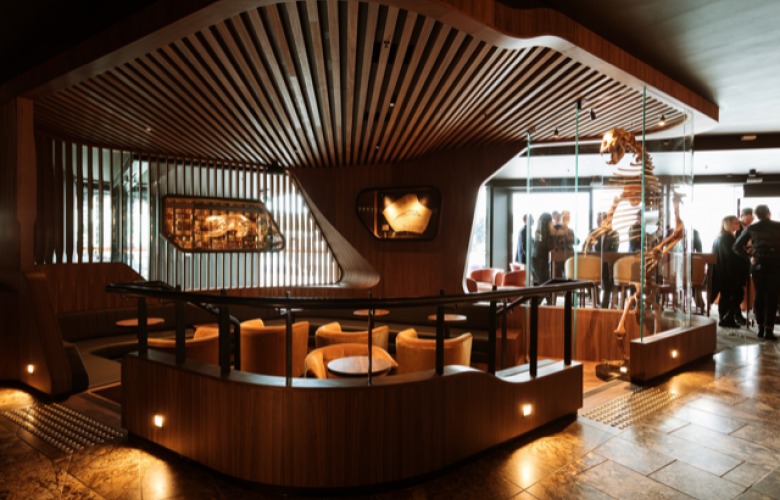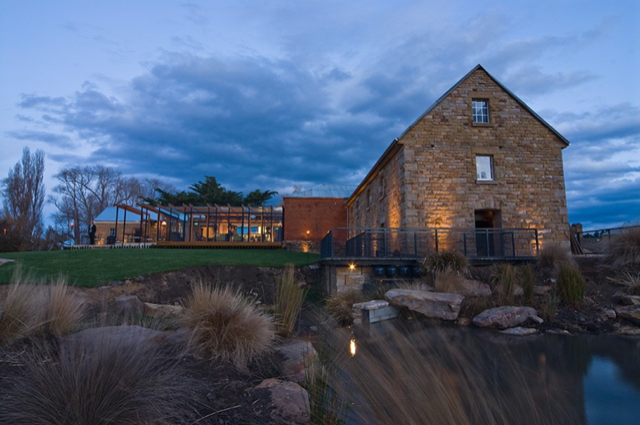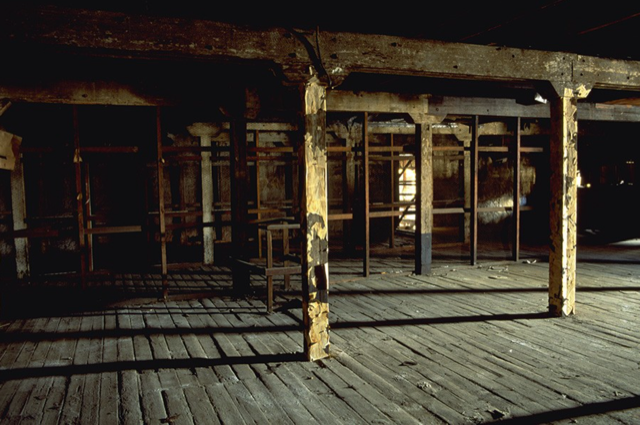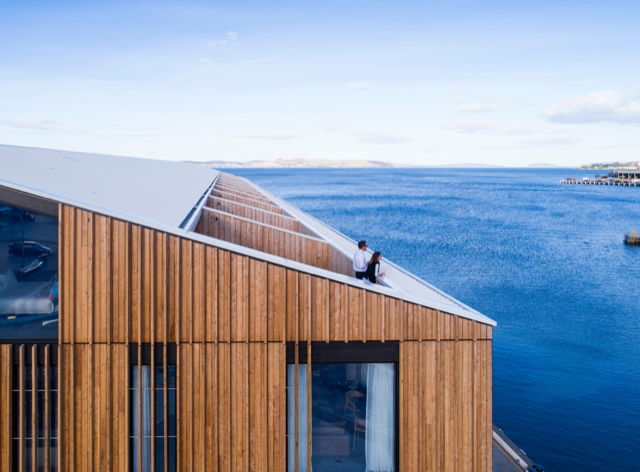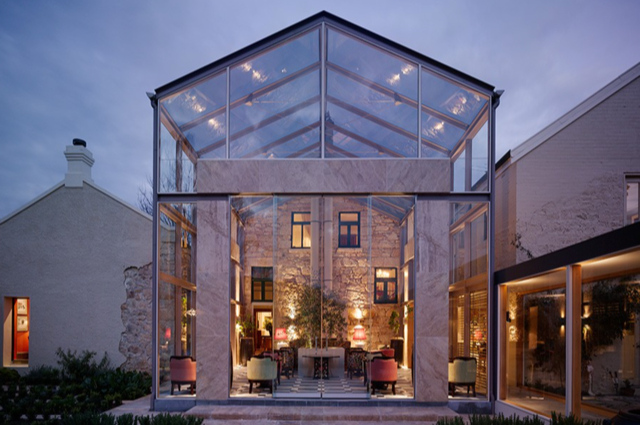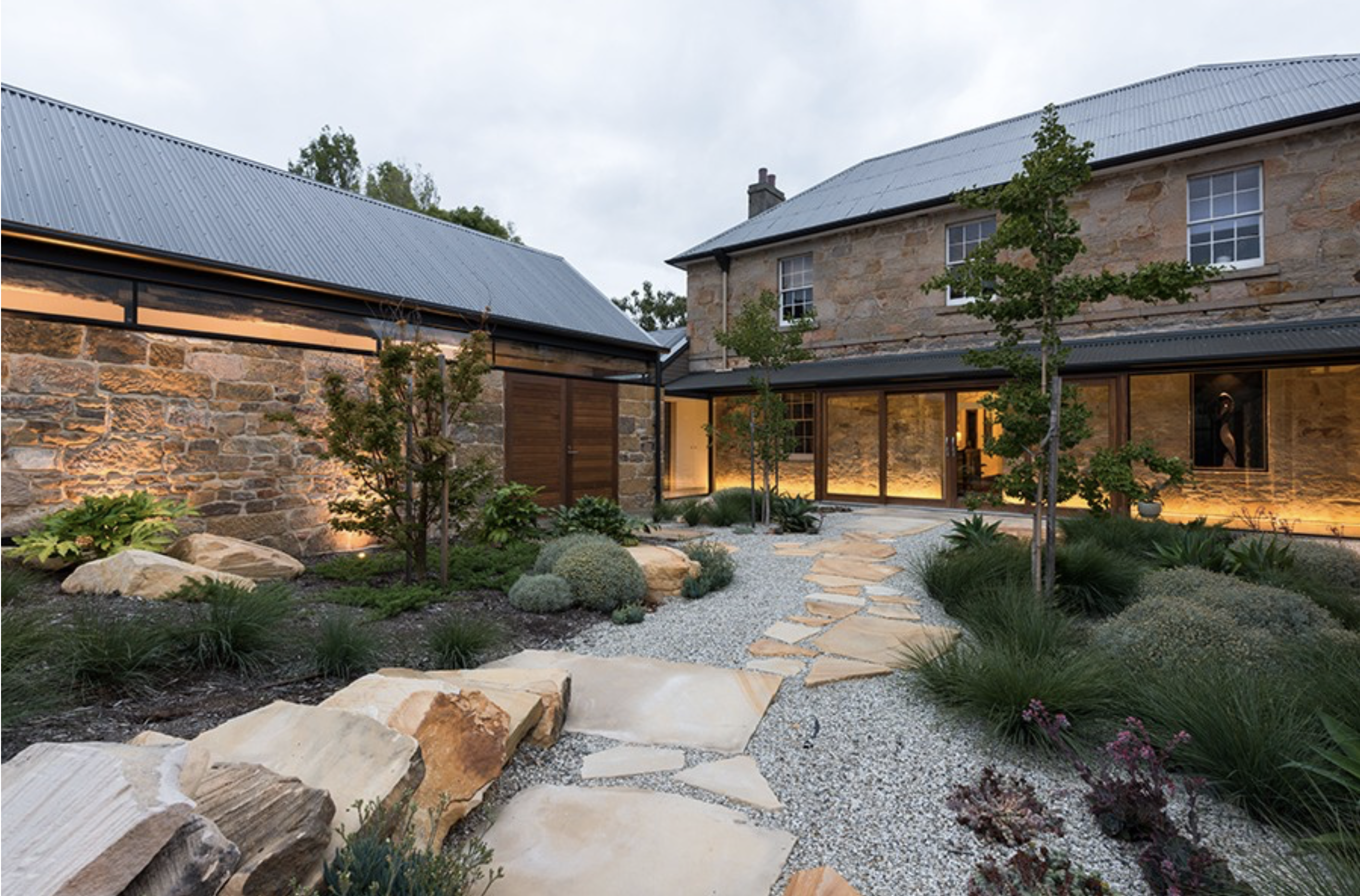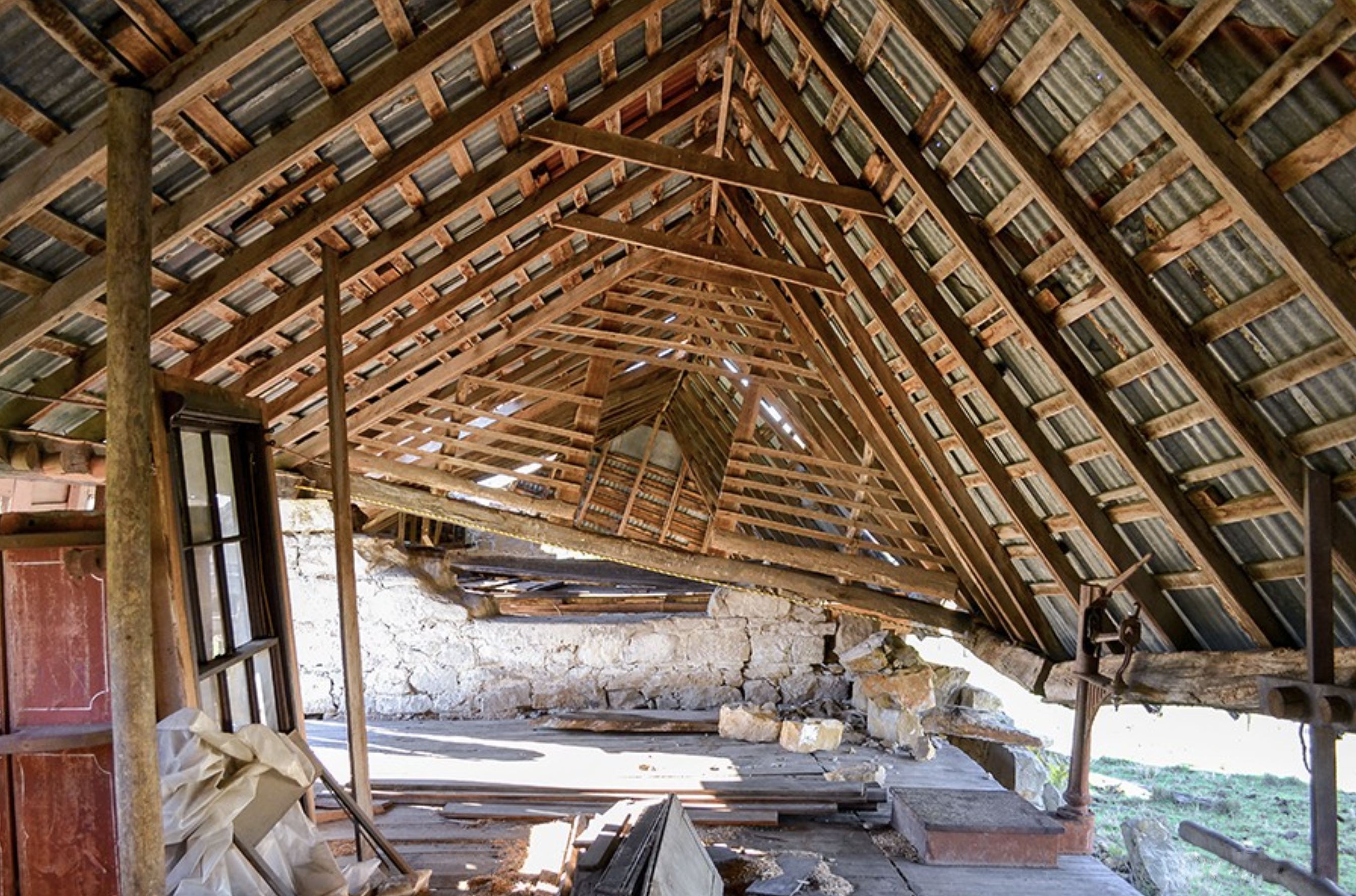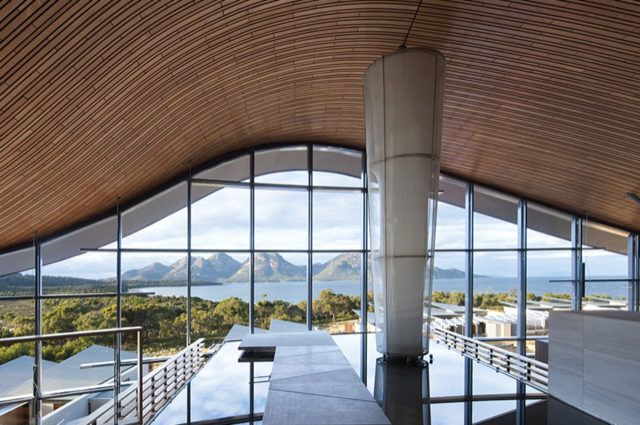Robert Morris-Nunn: Tasmania’s architectural story teller
Contact
Robert Morris-Nunn: Tasmania’s architectural story teller
“Architecture, out of all the creative arts, is probably in the best position to potentially add value to enrich many people’s lives.”
Robert Morris-Nunn is a celebrated Tasmanian architect, accumulating over 50 state and national awards, including in the 2010 President's Prize (Tasmania) by the Australian Institute of Architects, seen as a Lifetime Achievement Award.
In 2017, Robert was made a Member of the Order of Australia (AM) for his significant service to commercial architecture in Tasmania, to tertiary education, to professional institutes, and as a role model.
His firm circa morris-nunn chua architects has won the greatest number of design awards ever received by any individual or architectural practice in Tasmania, past or present.
Robert continues to lecture at UTAS, and was an Adjunct Professor in the School of Architecture and Design from 2009–2013.
Image: Saffire Resort. Source: George Apostolidis, Peter Whyte, Chris WilsonHis body of work engages with its users, weaving the natural environment with the stories of Tasmania’s cultural history, and includes some of Tasmania’s most recognisable hotels and buildings, from the modern luxury of Saffire Resort to the updated history of the Henry Jones Hotel in one Hobart’s oldest waterfront warehouses and the Islington Hotel in one of Tasmania’s finest Regency mansions.
He is currently involved with a proposal for a floating resort in the Tasmanian wilderness of Recherche Bay, celebrating the French exploration of the area in the late 1700’s and remembering the now largely forgotten involvement of the French in the early settlement of Australia.
Image: Recherche Bay, in the middle distance, looking from the East. Source Robert Morris-NunnWILLIAMS MEDIA spoke with Robert about his career, legacy, and inspiration.
After a brush with death as a recent graduate you decided that "I would do everything in my power to make sure that my work had some real meaning.” What do you like most about your profession?
A bilateral pleurodesis is a great fillip to help you focus on why you do things, and what is important to try to achieve with one’s work. Architecture, out of all the creative arts, is probably in the best position to potentially add value to enrich many people’s lives. Music in a very different way is perhaps the other one which can get to really touch people. It is this socially inclusive dimension of architecture that for me is the most meaningful, and if one can use one’s creativity and skill towards adding something that adds a little ‘humanity’ and richness to people’s lives, then I am happy. However, I have found creating more socially inclusive architecture ends up with my challenging a lot of preconceptions, and changing these prejudices can be amazingly difficult.
Image: Nant Distillery. Source: Loic Le GuillyA few decades ago you said, "I sought to create buildings whose qualities are not just for me alone, but which are also enjoyable for the general public and more particularly for the actual users of the building themselves”. How has this influenced your architectural aesthetic?
I completed a Masters by Invitation at RMIT, and the senior staff running the course decided that I should call myself a ‘story teller’, and I am very happy to use that term as a way of describing my aesthetic approach. People from all walks of life understand ‘stories’ and indeed they are wonderful metaphors to assist the evolution of one’s creative thinking and explain it to others. These stories do not have to be totally literal, but can be far more nuanced, but it is very important that they are still there. I have noted that many architects who I respect, such as Renzo Piano, also call themselves story tellers, and indeed part of their success is how they use this notion of story telling to inform their overall design approach.
Image: Henry Jones IXL Development. Source: Peter Whyte, Ben Vos, Martin WalchSince 1983 circa morris-nunn chua architects is responsible for, and has won many awards for, many of Tasmania’s most recognisable hotels and buildings, including the Henry Jones Hotel and IXL Development, Islington Hotel, Saffire, Nant Distillery, Mac 01 and most recently Moss in Salamanca Place. You have also been awarded the President’s Prize, a lifetime achievement award by the Australian Institute of Architects and made a Member of the Order of Australia (AM) in the 2017 Australia Day Honours. Which of these awards has meant the most to you?
Receiving an AM was truly humbling, especially because it is not an architectural award. It was given to me in recognition of the broad body of work that I have done in Tasmania over the decades, rather than for one of the many other reasons why people are nominated. Also, there is the other fact that you are completely unaware that the process is happening, that someone has nominated you, and that others have seconded it and added further pieces of information from their own perspective. Eventually one finds out who they are, and I have to say it’s very special.
Image: Mac 01. Source: Adam GibsonWhat advice would you give to new property investors wishing to build or renovate?
It is extremely important to understand the cultural fabric and more particularly the values of the community in which you are proposing to add a development, either new or a renovation. If people understand what you are proposing and why you are creating the changes that you intend, this will be of immense value later. Better still, if it supports their own view of the community and you can demonstrate that it is a positive addition that reinforces what people see as unique or special about a particular place, especially one they call ‘home’, then so much the better.
Image: The Islington Hotel. Source: Peter Bennets, Loic Le GuillyYou have said, "As architects, we are legally bound to produce sustainable buildings, which is absolutely as it should be…timber is one of the best choices for sustainability.” You have also favoured the use of recycling colonial components and inserting them into contemporary design…this is particularly evident in the Acton colonial homestead where the materials were ‘painstakingly dismantled and rebuilt'. With today’s focus on sustainability, what trends do you see emerging in architecture?
One of the interesting aspects of Tasmania is that it has so many Heritage listed buildings, indeed I have it on good authority it is about half the total number which are registered in all of Australia. What this means is that recycling older structures is both important and indeed also legally required, if they are in fact listed. From a sustainability approach this is important, as the embodied energy used in the original effort is therefore transferred. However, for me the cultural values that come with them are also equally important.
Image: Acton House after rebuild. Source: Matt SansomYou mentioned Acton, this is where the contradictory values get very interesting. The old sandstone barn (circa 1820s) actually predated the Georgian homestead. However, the roof structure, made out of massive adzed beams and pit sawn timber, was not anchored to the walls, and in massive winds it literally lifted as a unit and then crashed down again, taking the random rubble walls below with it. It was so badly damaged it was irreparable. Heritage suggested that it would be great to try and use the materials in some manner, so an expert team carefully dismantled the barn, carefully taking each adzed beam from the collapsed structure without destroying the rest, and in the process we discovered we had the longest adzed beam found in Tasmania dating from colonial times, almost 20m long, and which would have originally required 50 convicts to carry it and lift it into position. Now dry rot had eaten it way internally, so it required extensive gluing with epoxy resin and block timber inserts.
Image: the historic roof of the Acton House stables. Source: Matt SansomThis was done and the original structure reinstated as the stables coachhouse / barn rear extension that the old homestead never had. The result is a truly magnificent testimony to the history of the property, the skill and love which the current day tradesmen treated the material that many others would have called firewood, and collaboratively created something new which in my mind is totally irreplaceable. Whether one can say the embodied energy was saved is however a very different discussion, but the results are truly worth it. The ‘story’ is absolutely unique.
What is the most interesting brief you’ve been given by a client?
It would have to be that I was asked to design a real folly for the grounds of Milton Park, near Bowral NSW, as well as a massive conservatory, which was to be the new heart of the redevelopment of the Horden’s property as an exclusive hotel.
Did you take on the project?
Yes, but sadly both were never built.
However, the most interesting projects are actually the ones where there is no immediate client… the ideas evolve as a result of our responding to Government requests for submissions for ideas, or in their terminology, Expressions of Interest.
Image: Aerial view of proposed resort, showing pontoons emulating Tasmanian bark canoes. Source: Robert Morris-NunnThe finest of these is still being developed, and it is a floating resort in Recherche Bay, a wilderness at the very bottom of Tasmania, which was first visited by French explorers in 1792, well before the actual settlement of Tasmania by the British in 1803. The French were the first to undertake scientific experiments in Australia, mapping magnetism in relation to longitude, also the first to plant a European garden, and the first to meet and befriend the local Tasmanian Aboriginal community. The land and water are deeply steeped in vanished history, redolent with meaning. I want to tell this story as a truly unique resort - a place where one can ponder the fickleness of fate, and enjoy the beauty of a place virtually unchanged since it was visited by the French over 200 years ago.
You have been a lecturer at the University of Tasmania for over 20 years. What advice would you give to a newly graduated Architect or someone thinking about Architecture as a career?
I believe Architecture is a good basic education for all the design related professions, but I think the reality is that the area of interest that one eventually finds one spending one’s life being involved with is going to be very different from the ideas / aspirations which one harbours at the very outset. The thing is to be positive and welcome all the changes that will inevitably occur.
Image: Saffire Resort, Source: George Apostolidis, Peter Whyte, Chris WilsonWhere do you live now, and where would you live if you could live anywhere in the world?
Tasmania has now been my adopted home for over 40 years, and I have put down roots here.
One of the main reasons is that I have been able to make a worthwhile contribution to bettering the community here, and here I feel I am still able to embark on new projects…. and yes, I definitely intend to make Recherche real!
Related reading:
Award-winning boutique Hobart Hotel in Regency mansion The Islington for sale - Colliers

